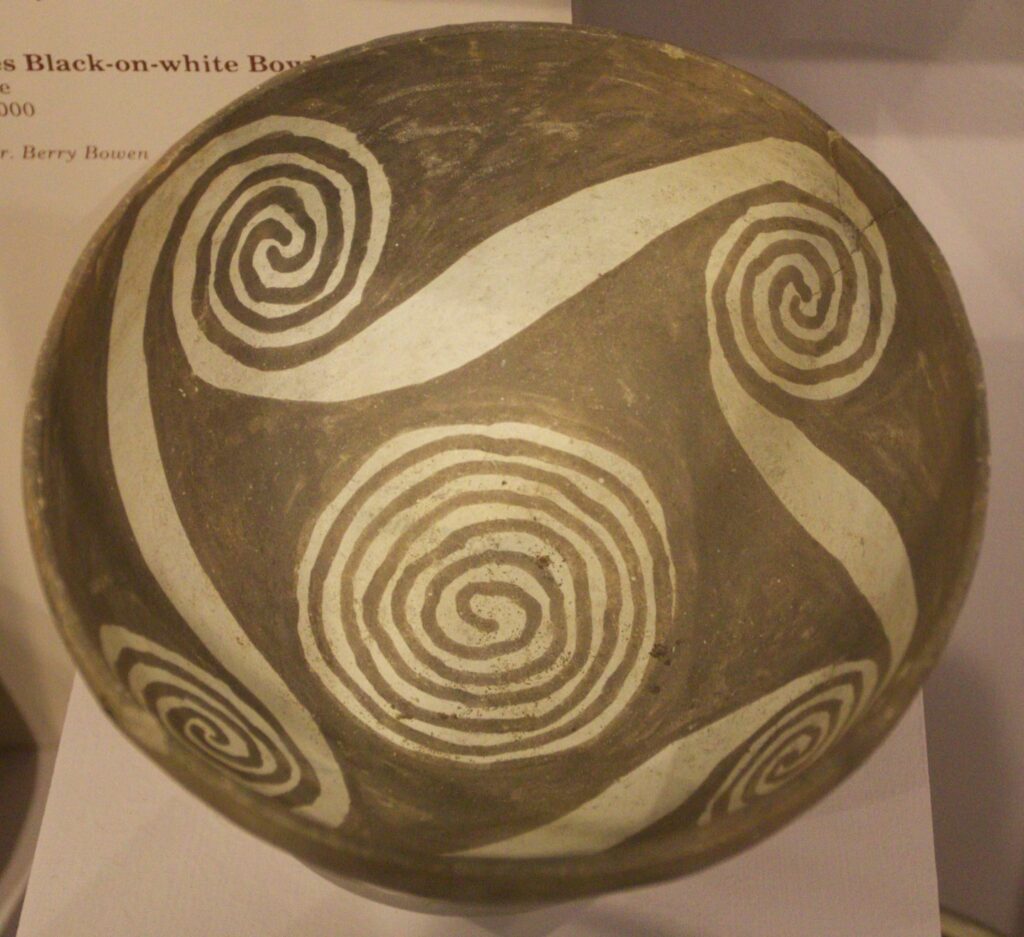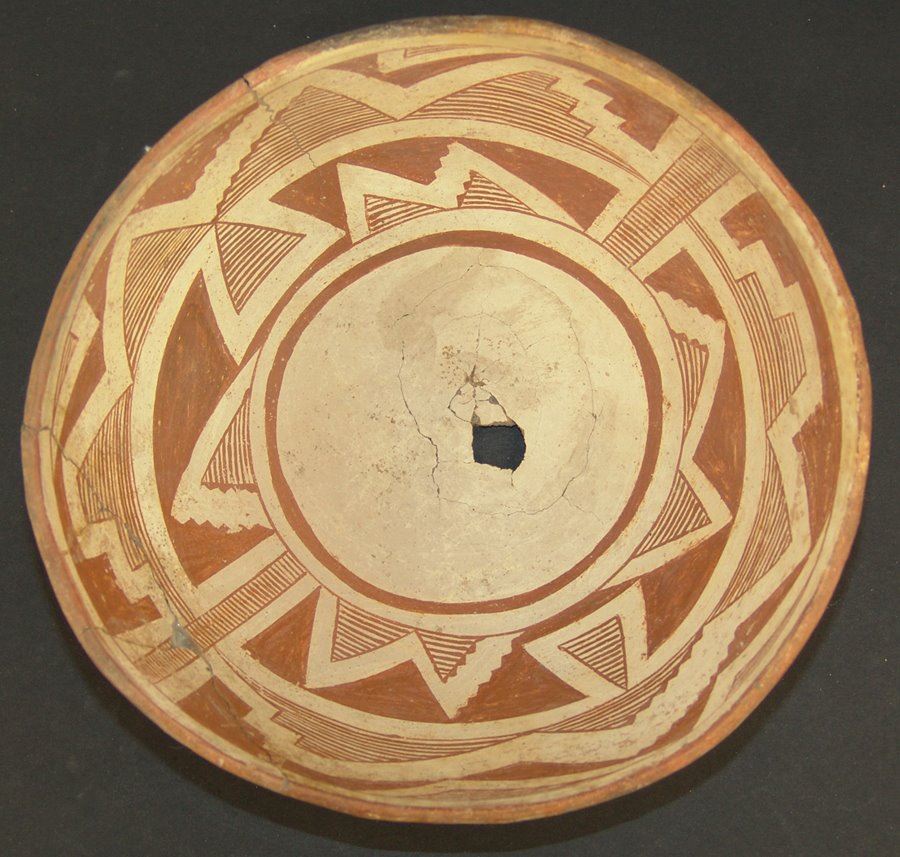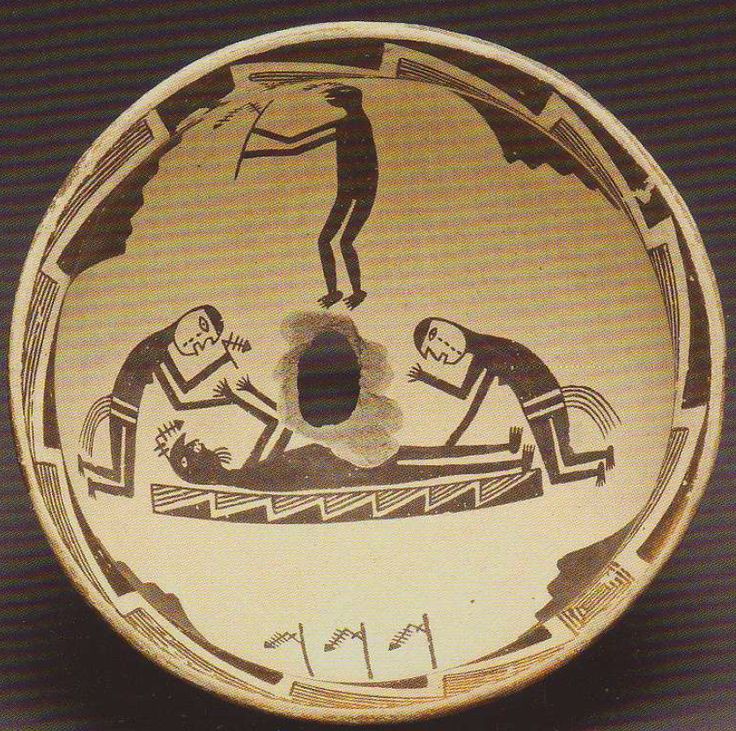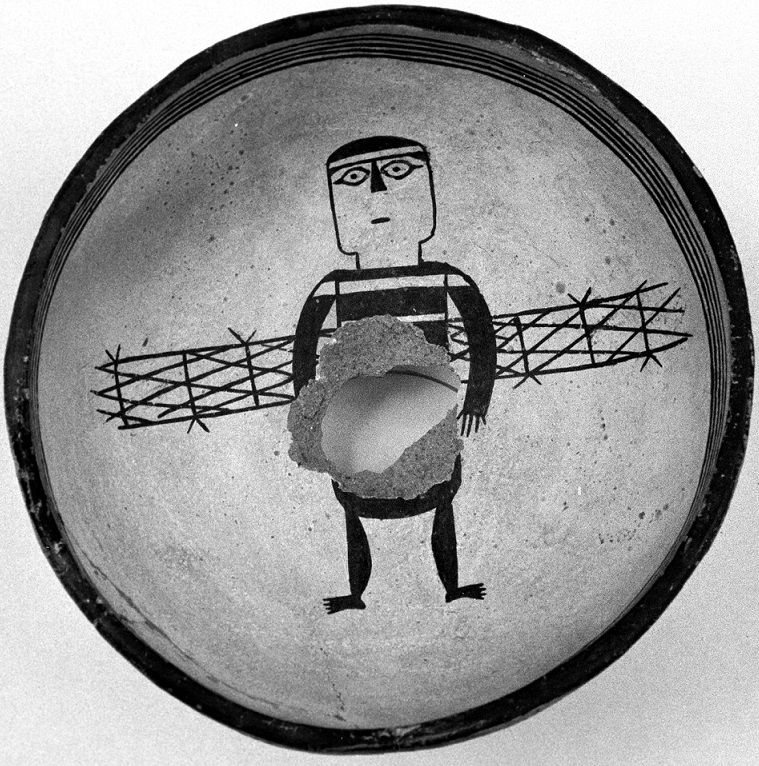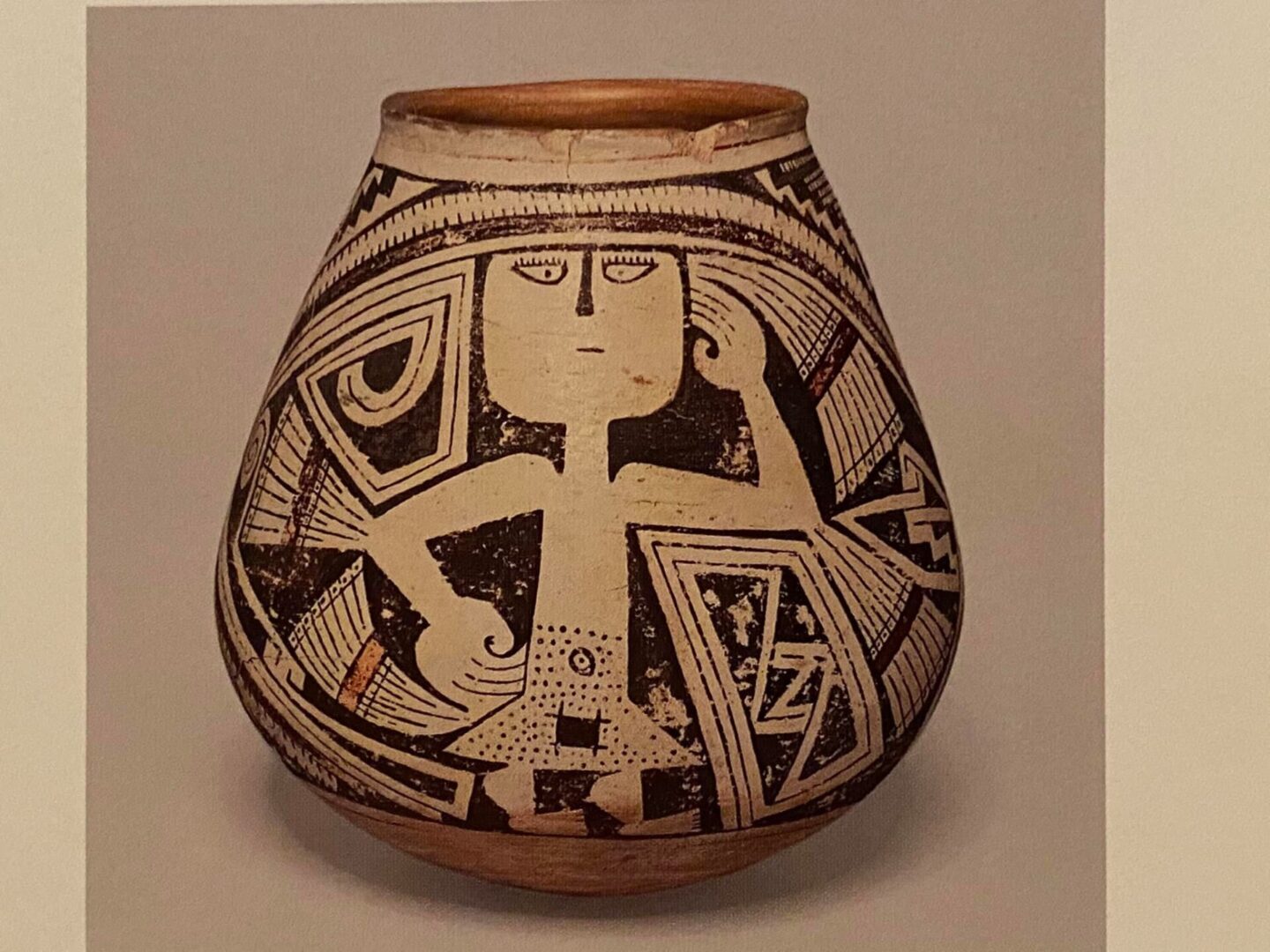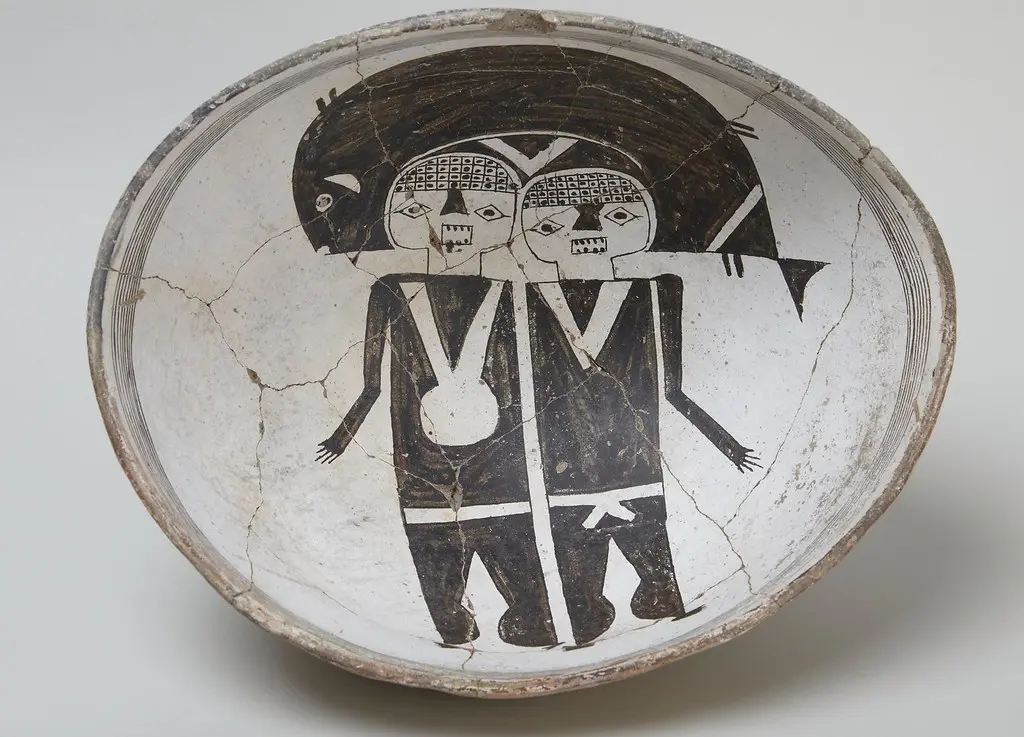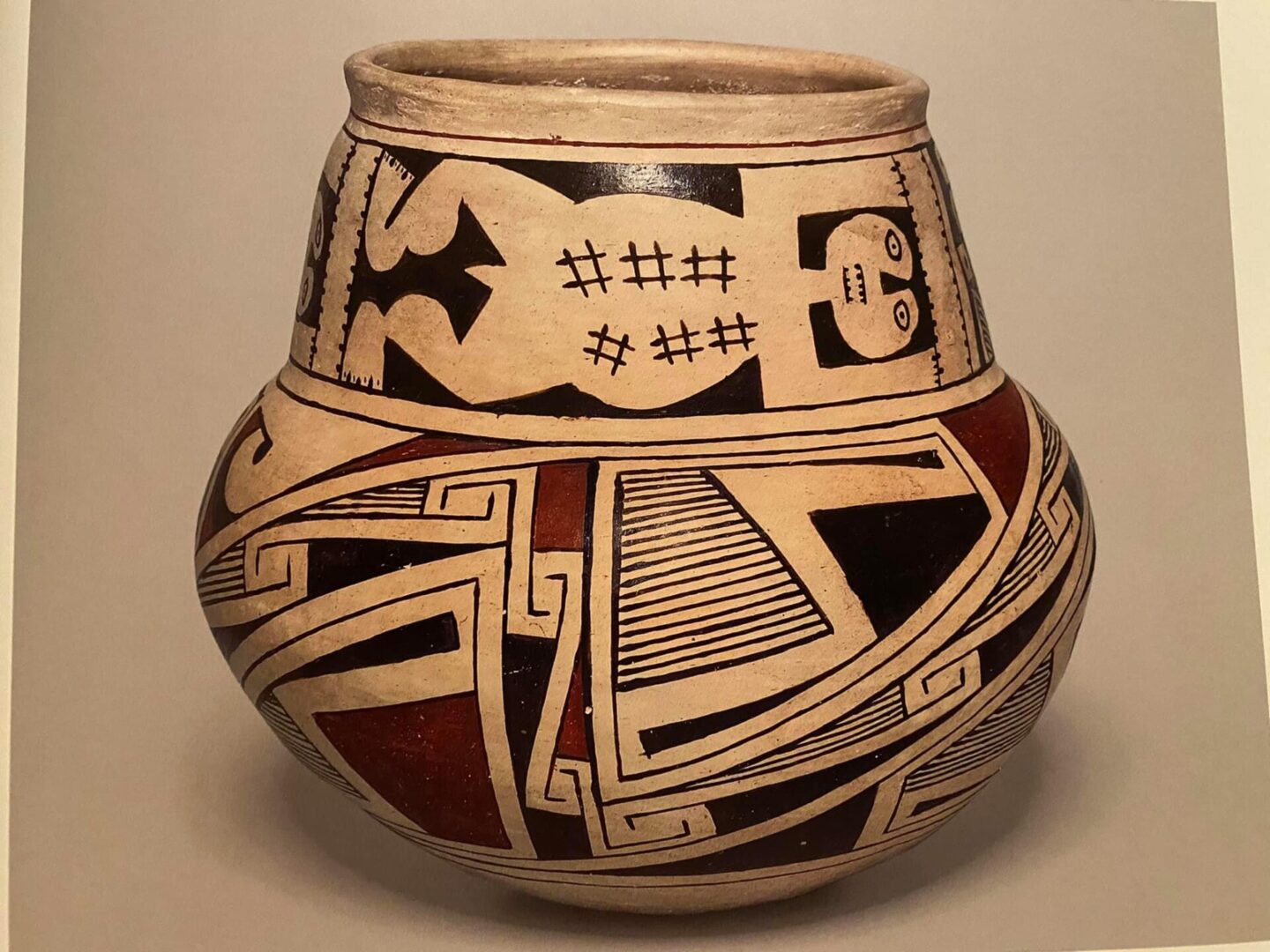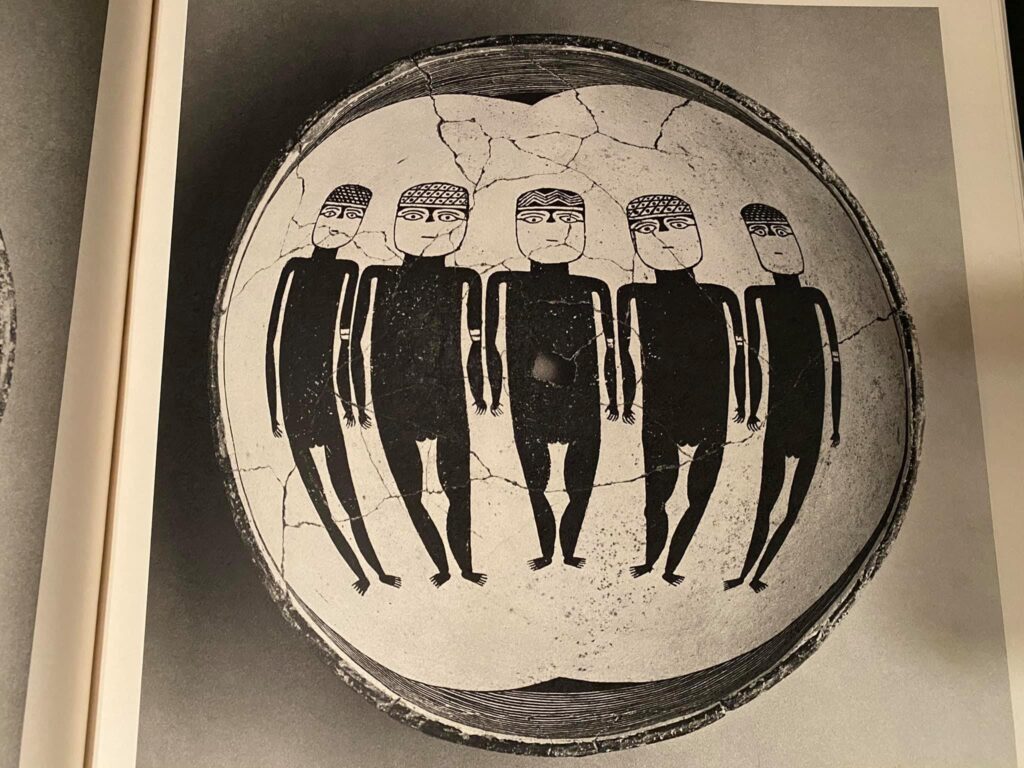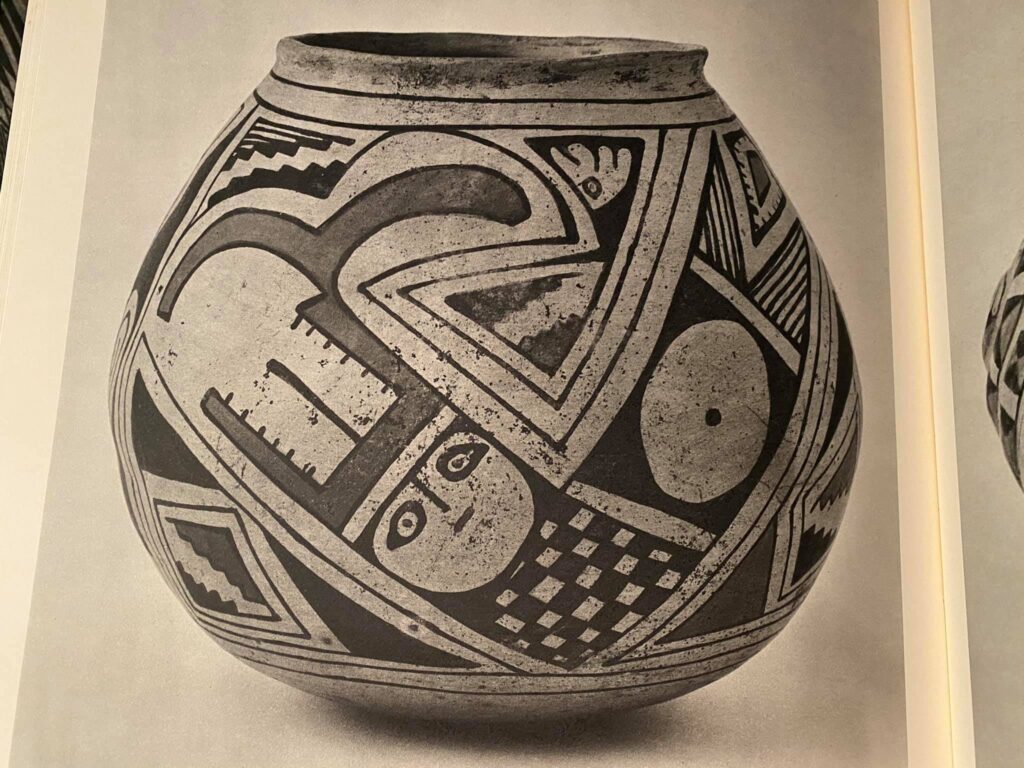Where Did the Mimbres Go?
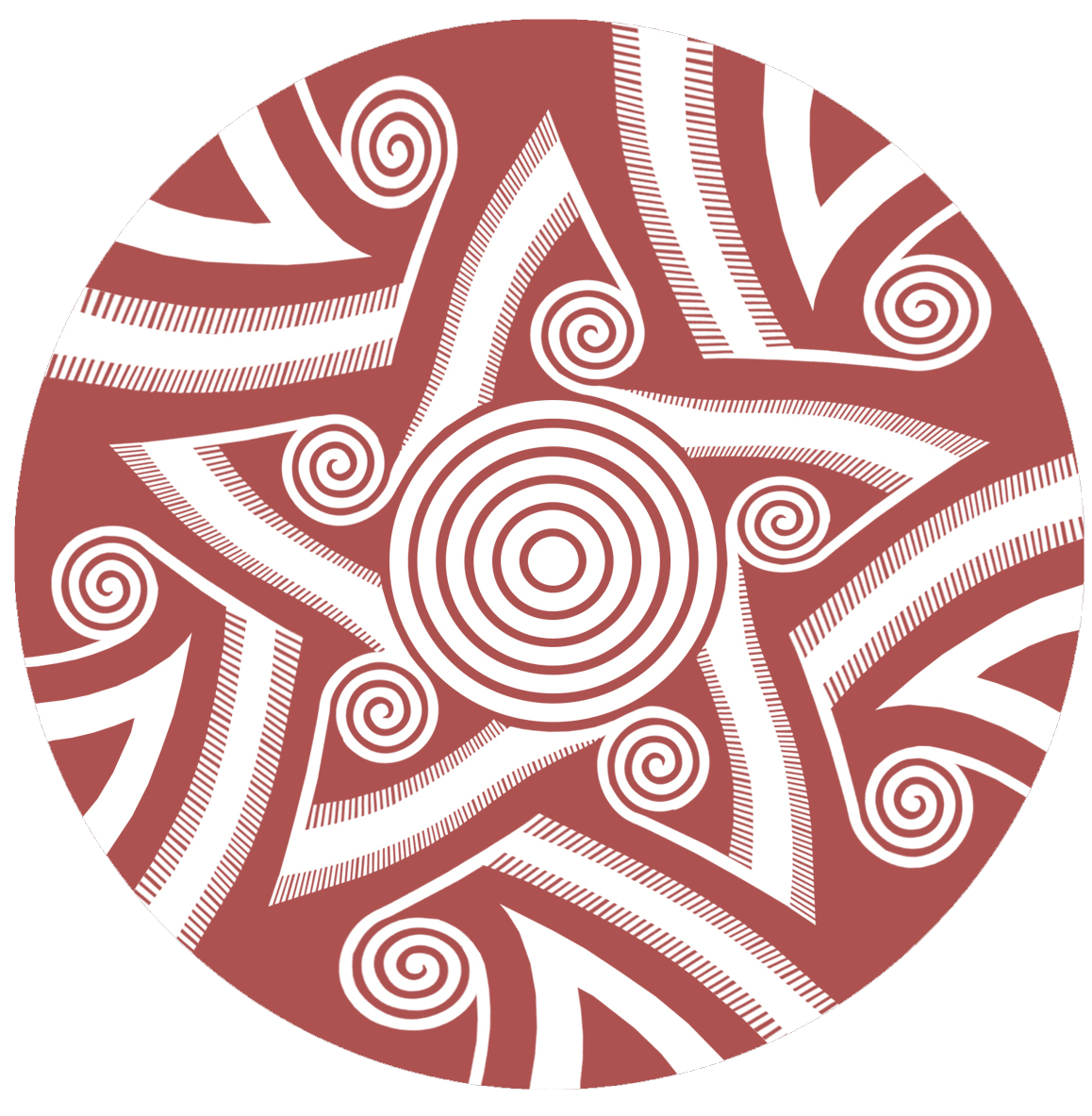
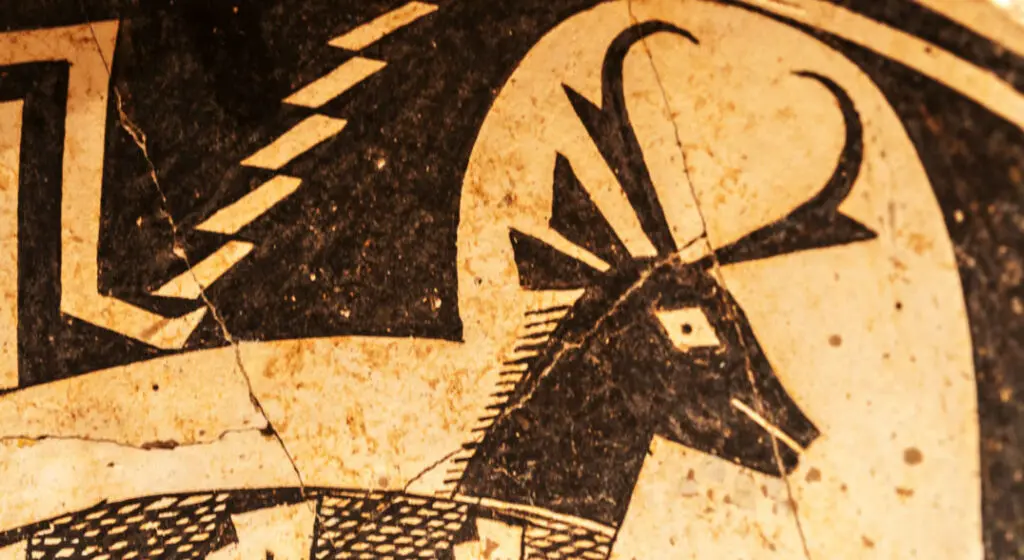
The Mimbres culture were a prehistoric North American group and branch of the Mogollon tradition who occupied a significant territory along the Mimbres River and Gila Mountains in what is now southwestern New Mexico. Like many prehistoric southwestern cultures, archaeology does not know what the Mimbres people called themselves–it is my speculation they could have referred to their cultural group as whole translating to the “finished people.” So what does Mimbres mean in a modern linguistic and historic perspective? Besides the river’s name, in Spanish Mimbres translates to “little willow.” When examining the Mimbres cultural tradition archaeology and tourists are instantly drawn to their beautiful black-on-white pottery which paints vivid images depicting the Mimbres world view through religion, daily life, and sacrifice. Unfortunately, like many sites in the Prescott, Arizona region Mimbres archaeology has experienced extreme cases of looting and destruction from modern development–this includes the complete bulldozing of major pueblos and burial remains. The loss of important Mimbres sites obviously had a major negative impact on data recovery and left archaeologists and ranchers working in Mimbres preservation angry. Due to the damage and loss of cultural resources, archaeologists and concerned citizens helped pass federal and state laws which helped prevent future damage from occurring, and thankfully other preserved sites in the area offered archaeologists the opportunity to work on gaining new data in relation to this complex culture we call Mimbres.
Early Mimbres Pottery
The Mimbres people are a branch of the Mogollon cultural tradition who appear in the archaeological record around AD 750 where we find early pit house dwellings and decorated red-on-brown pottery resembling the Hohokam red-on-buff wares. True Mimbres decorated boldface pottery appears around AD 750 and consists of bold geometric designs, a white slipped surface with a red and black mineral painted surface, and tempered with crushed quartz or crushed pot sherds. Like most Mimbres decorated vessels the boldface series is fired in reduction and oxidation. Fully reduced vessels turn black-on-white whereas pots exposed to an oxygen rich environment turn red-on-white. Around AD 950 early geometric patterns become more complex as the layout continues to resemble some of the Hohokam designs. Around AD 1000 a major shift occurs. Geometric designs look more Pueblo in nature with central open circles, rim bands, and sharp designs. It’s my belief there was a heavy Pueblo influence during this time rather than a primary focus on Hohokam ideas and possibly belief systems.
Mimbres Pottery in the Classic Period
The Mimbres Classic period (AD 1000 – 1130) became the apex of their cultural tradition where artistic expression and stone pueblo architecture flourishes. While all Mimbres people were living in permanent pueblo stone architecture, across the Rio Grande River to the east the Mogollon were still constructing pit houses. Indeed at this time the Mimbres culture wanted to set themselves apart from earlier lifeways. The most famous hallmark in Classic Mimbres involves the production of pottery with vivid and distinct imagery depicting religious practices, people, animals and insects, and daily activities. Archaeologists such as Barbara and Matt Thomas have studied Mimbres ceramics very extensively in order to understand and decipher the imagery that is displayed on vessels. Some plates are obvious in nature showing imagery of scarlet macaws imported from Mesoamerica and hunting scenes in which people embarked on. One of the more famous bowls depicts a priest dressed as a horned serpent severing off the head of a person. This bowl and a few others has indeed stirred up much debate questioning if human sacrifice occurred amongst the prehistoric Mimbres. As I have explained in a previous blog post, we have plenty of evidence to say human sacrifice did indeed occur across the southwest.
Some of the Classic period Mimbres black-on-white bowls I have been studying over the years depict humans and their facial expressions. When examining the vessels with front-facing humans, many of the facial features display a slit, stitched, or open mouth with jagged teeth. The nose features a filled in triangular shape or simple vertical line. Unlike clay figurines from the Prescott region, and some from Hohokam sites, the eyes are diamond and oval shaped with broad lines outlining the shape–some images depict a mask like object worn over the eyes. Black-on-white vessels displaying vivid and realistic imagery, including the depiction of people with these unique facial features lasted until the end of the Classic period around AD 1130. After the Classic period Mimbres people entered a Reorganization phase where 70% of the population left the Mimbres Valley and ceramic traditions shifted to plain ware vessels with smudged-black interiors and imported painted wares.
Mimbres In Mesoamerica?
During the Reorganization/Terminal Classic phase (AD 1130 – 1200) some Mimbres people likely migrated into Pueblo society. Although it’s very difficult to say how many people relocated into the pueblo world, I believe the number was not as large as some have hypothesized. If indeed migration numbers were not as large into the Pueblo society, where did the rest of the Mimbres people go? As mentioned earlier, roughly 30% of people stayed in their homeland through the Postclassic period( ) and began building clustered adobe and cobble pueblos. However, evidence also points towards a portion of the Mimbres population migrating into the site of Paquime in Chihuahua, Mexico. Shortly after AD 1130 the people of Paquime began to construct their settlement in the form of house clusters, each with a plaza. These single structured adobe dwellings shared an irrigation system that supplied water to the community. Residents of Paquime also crafted shell jewelry, and produced beautiful polychrome pottery. Around 1340 Paquime was rebuilt and saw a population boom where multi story room blocks, platform mounds, “I” shaped ball courts, and a market place was constructed. Specialized craft production at Paquime consisted of copper bells, exquisite shell jewelry, and polychrome ceramics.
Paquime ceramics are vibrant, colorful, and often depict a complex religious belief system involving the feathered/horned serpent, and scarlet macaws. Most fascinating to my research is the general iconography and Mimbres style facial expressions displayed on Paquime pottery. When examining certain Paquime jars, the researcher notices nearly identical facial and body features displayed on Polychrome pottery are also present on Classic period Mimbres bowls. So what does this mean? It is my belief that around AD 1130 after Mimbres people left their homeland, multiple groups or a single large group of Mimbres people migrated south into Mesoamerica and became part of the complex and hierarchal Paquime society. Some of their ideas and iconography displayed on black-on-white ceramics were accepted into the Paquime tradition where they were now displayed on polychrome vessels. As do modern cultures, human behavior guides us to bring what is familiar and commonly practiced with us when we move or travel to a new and foreign homeland. Indeed, this was not any different with the Mimbres people.
This view and hypothesis of migration into Paquime is not new data or research. During my undergrad program at ASU I learned about the Mimbres time period and filling the gap between the Classic and Post-classic periods. Hard working females in archaeology like Margaret Nelson and Michelle Hegmon have offered tremendous insight into the prehistoric Mimbres world. They were able to sequence ceramics, and create a clean timeline despite many Mimbres sites being looted and bulldozed because of greed and the thirst for money. In the summer of 2021 I began reading new books and publications on Paquime and Mimbres cultures. After finishing two of the publications I called Matt Thomas, who has restored many prehistoric vessels, and mentioned the correlation of facial and body features displayed on Mimbres and Paquime pottery. Although I thought this hypothesis could be new, I soon found out it has been floating around for many years and many including Barbara and Matt have observed the same patterns of iconography. Indeed, more research and funding needs to be composed in northern Mexico in order to further understand the northwest/southwest connections.
Sources:
- ArchaeologySouthwest. “Mimbres Lives and Landscapes of Southwestern New Mexico.” YouTube, YouTube, 29 Apr. 2019, www.youtube.com/watch?v=nSbReVp8s4E&t=2522s.
2. “Who or What Is Mimbres?” Archaeology Southwest, 30 Mar. 2021, www.archaeologysouthwest.org/free-resources/fact-sheets/who-or-what-is-mimbres/.
3. Townsend, Richard Fraser, et al. Casas Grandes and the Ceramic Art of the ANCIENT SOUTHWEST. The Art Institute of Chicago, 2005.
4. Moulard, Barbara L., and Bigelow John Taylor. Within the Underworld Sky: Mimbres Ceramic Art in Context. Twelwetrees, 1984.

